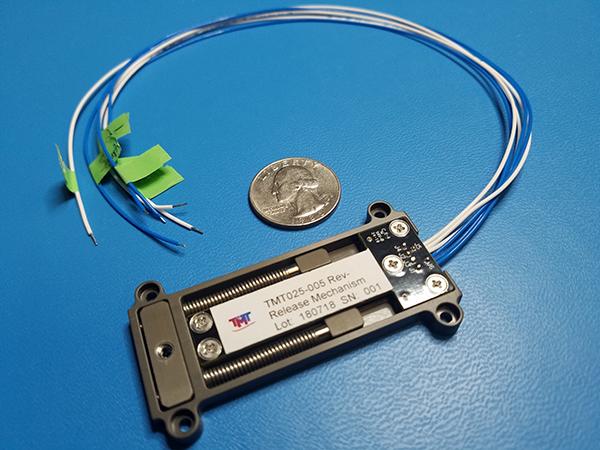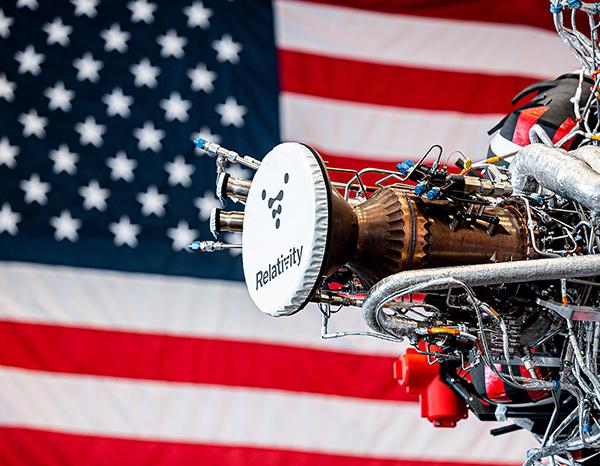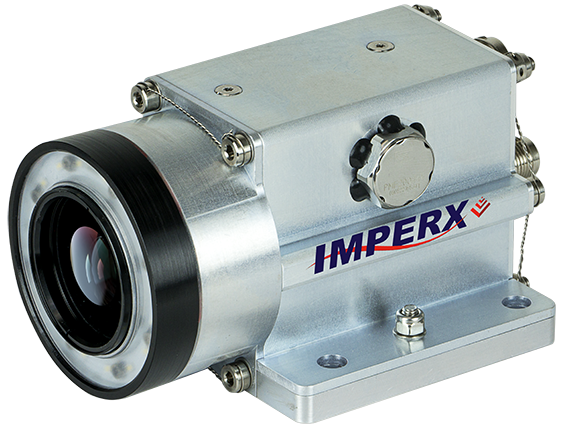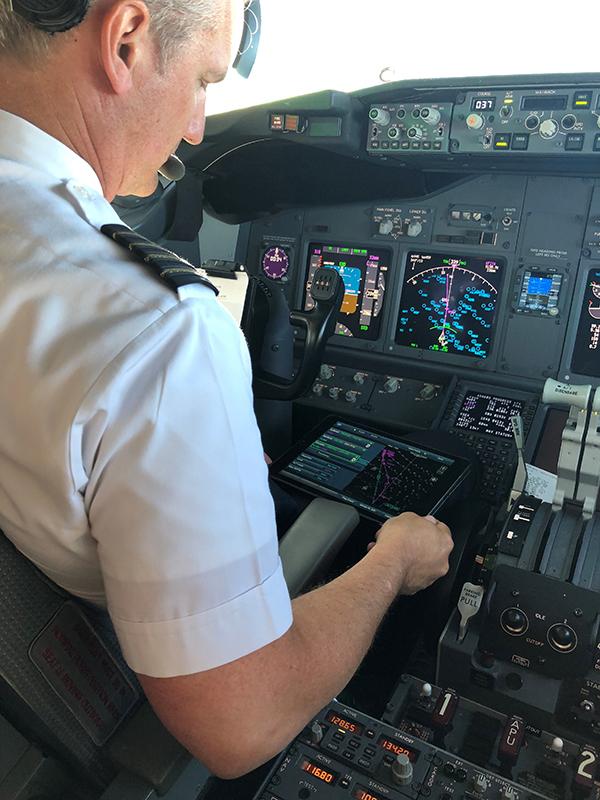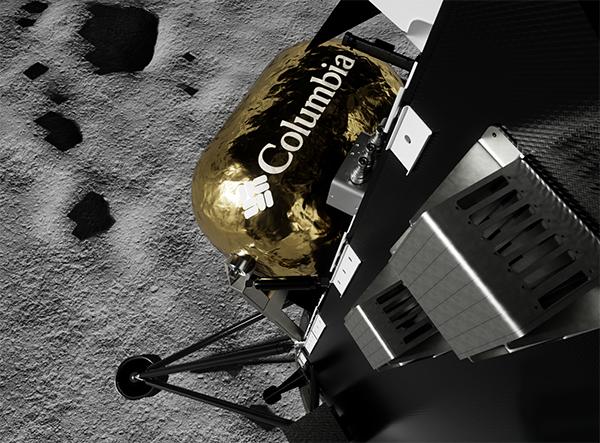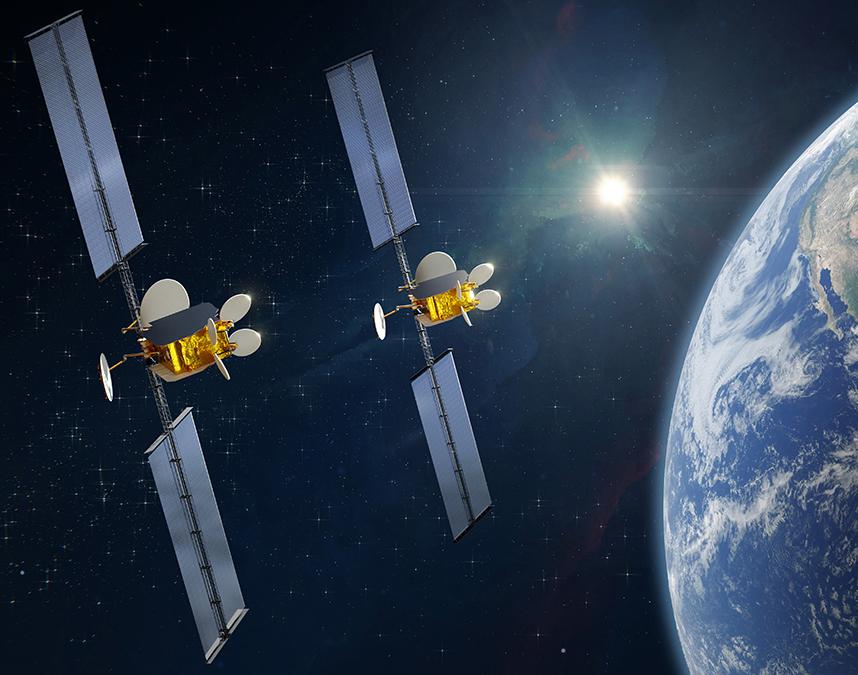Innovations in Aircraft Design
When the Boeing 777 first took wing, it carried with it basic and applied research, technology, and aerodynamic knowledge honed at several NASA field centers.
The precedent-setting 777 was built to handle medium- to long-range passenger flights and is the largest twin-engine jet to be manufactured today. First passenger-carrying flights began in May 1995. According to Boeing Company estimates, the 777 fleet has captured three-quarters of new orders for airplanes in its class since the program was launched.
In May 1996, the first Boeing 777 stopped by Langley Research Center as a salute to NASA's involvement in its creation. Several Langley innovations were instrumental in the development of the aircraft, such as:
- fundamental mathematical procedures for computer-generated airflow images which allowed advanced computer-based aerodynamic analysis;
- wind tunnel tests, confirming the structural integrity of 777 wing-airframe integration in Langley's Transonic Aerodynamics Tunnel. Use of the facility was reimbursed to NASA by Boeing;
- knowledge of how to reduce engine and other noise for passengers and terminal area residents;
- radial tires that are used on the aircraft underwent strength and durability testing at Langley's Aircraft Landing Dynamics Facility; and
- increased use of lightweight aerospace composite structures for increased fuel efficiency and range. The 777's floor beams, flaps and tail make use of lightweight composites.
At Marshall Space Flight Center, results from tests aimed at improving the performance of NASA's Space Shuttle engines led to improvements in the Boeing 777's new, more efficient jet engines. Working with Pratt & Whitney, the U.S. aircraft and rocket engine provider, NASA engineers conducted evaluations of wake patterns flowing through the plane's turbine engine airfoils. Data taken proved useful in obtaining better turbine efficiency, as well as realizing substantial fuel savings.
Boeing 777 inlet, hinge and strut blankets were quilted with either stainless steel or ceramic thread. These blankets protected areas of the plane from high temperatures and fire. Fostered by Ames Research Center, the Boeing 777 blankets have a lineage to Advanced Flexible Reusable Surface Insulation (AFRSI) used on certain areas of the Space Shuttle.
Several other areas benefited from NASA and Boeing collaboration. Langley had contracted with Boeing, for example, to design and validate a digital flight control system for fly-by-wire and fly-by-light/power-by-wire applications. In developing the digital fly-by-wire system, researchers utilized the Apollo guidance, navigation and control hardware as the primary digital system. Fly-by-wire systems for control of wing and tail surfaces replace bulkier and heavier pulley and cable systems on the 777.
The Boeing 777's modern glass cockpit is a system that uses computer technology to integrate information and display it on monitors in easy-to-use format. Research was undertaken on the challenge of maintaining a pilot's situational awareness during flight operations. The evolution of the highly automated glass cockpit, particularly in commercial aircraft, has roots at Langley Research Center.
Taken as a whole, NASA contributions in fundamental research and technologies proved meaningful to 777 development. Together, industry and government skills and abilities melded, jointly contributing to the airplane's operating efficiency, passenger service, environmental compatibility and safety.
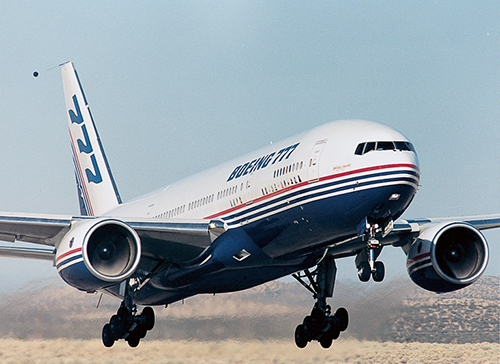
Building the Boeing 777 brought about the use of NASA innovations, from lightweight composite materials to the modern glass cockpit and aircraft control systems.








